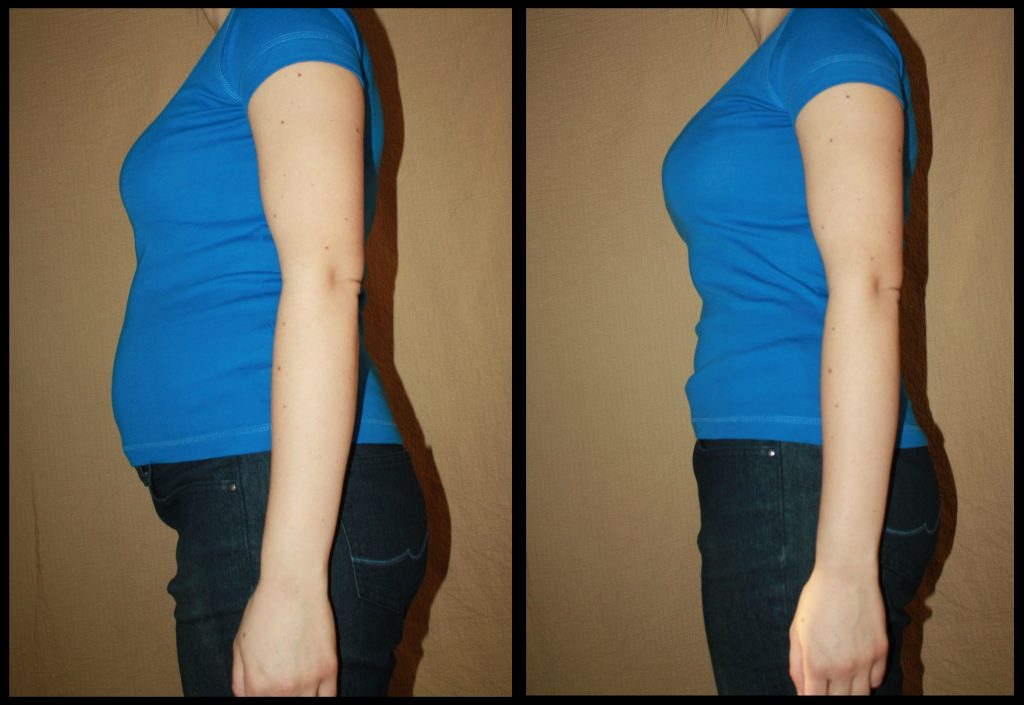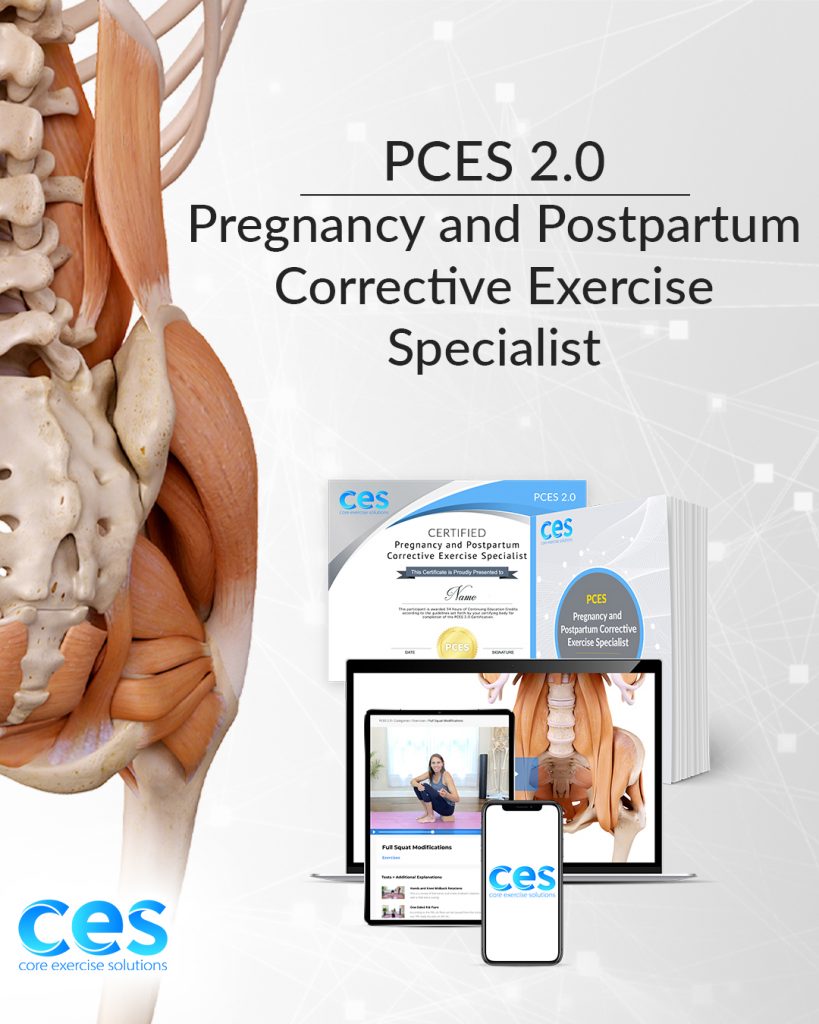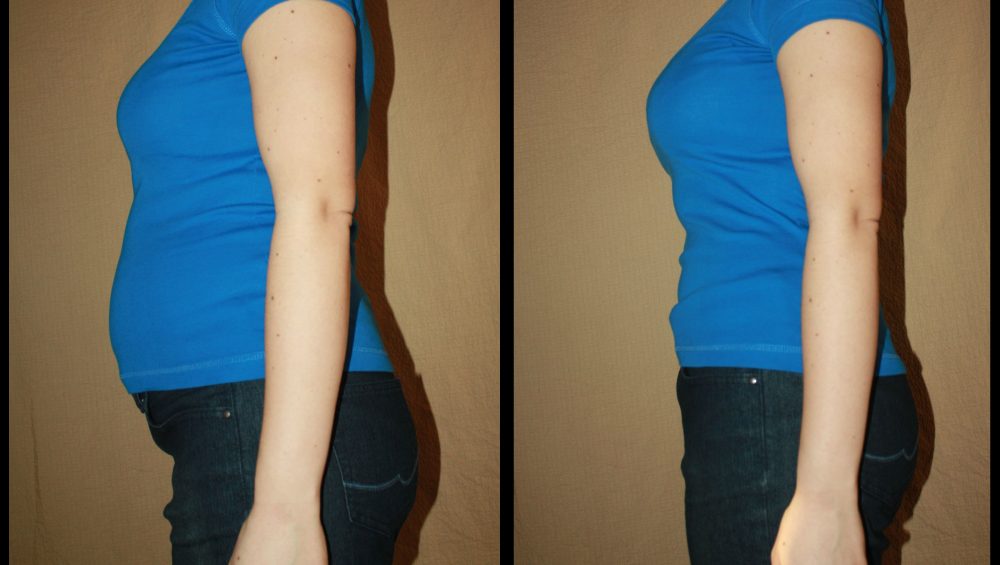I’ve always prided myself in my ability to recognize (and then attempt to address) my knowledge gaps.1
- Understanding functional anatomy? ✅
- Peeling back the onion on the importance of breathing mechanics? ✅
- Having a better understanding of how to appropriately program plyometrics? ✅
- Long division? ❌
One of the best things I did for my career, however, was to better educate myself on the topic of training clients’ through pregnancy in addition to having a better understanding of the intricacies working with postpartum women.
Anyone who works with women – which is pretty much every coach, ever – should consider investing in this area. I can only speak for myself, but studying this topic in more depth has given me much more confidence as a coach.
I’m also speaking for myself when I say one of THE best courses I have ever taken – not just on the topic, but ever – is Dr. Sarah Duvall’s Pregnancy & Postpartum Corrective Exercise Specialist course.
She’s just revamped the entire course and starting today (through tomorrow, 2/24) you can purchase Pregnancy & Postpartum Corrective Exercise Specialist 2.0 for $150 OFF the regular price.
- 34 hours of content (legit, everything is covered: The only thing not covered is showing a live birth).
- CEUs available (the total # will depend on your certifying body).
- Payment plans are available too.
I cannot express enough how valuable this course has been in helping me not only become a better coach, but also gaining the confidence/trust of my female clients. I have little reservations in saying that investing in this course will pay for itself tenfold.
Below is a repost of an article I wrote last year sharing some of the things I’ve learned taking the course. But for those who prefer to skip the foreplay, you can go HERE to purchase. REMEMBER: The discounted price only lasts through Wednesday (2/24).
Outside of that, you should totally read my article (pretty sure it’s Pulitzer worthy).

4 Things to Consider When Working With Postpartum Women
1. Once a Woman is Postpartum, She’s ALWAYS Postpartum
This is a powerful quote and something Sarah stresses over and over again in her course. Whether you’re working with a woman who is very recently postpartum or she gave birth three years ago, you still need to do your due diligence as a coach.
Just because some time has passed doesn’t mean she’s out of the weeds yet. Some women exhibit significant Diastasis Recti years after giving birth and shrug it off as “meh, that’s just the way things are.”

Likewise, some women view incidents such as incontinence (urine leaks) as equally “normal” and shrug worthy years after the fact.
NEWSFLASH: they’re not.
In light of that, it’s important to ask questions and to peel back the onion on a woman’s (reproductive) health history to glean as much information as possible.
Now, I get it: I’m a dude.
There’s a high degree of professionalism at play here.
“So, where you from?”
“Born and raised in Boston.”
“Awesome, do you have any major injuries I need to be aware of?”
“Nope, none I can think of.”
“How many kids do you have? Did you have a natural birth or c-section? Oh, and do you pee when you squat?”
To help stave off any awkwardness, I’ll send all prospective clients a questionnaire to fill out a head of time with pertinent questions related to this part of their health history.
If they’ve never given birth then they can skip and move on to the “Favorite Movie of All-Time” section (which is TOTALLY a thing by the way. I find it’s a great conversation stimulator and helps break the ice). And if they do have kids I ask them to fill out that section which has a handful of follow-up questions.
They can then go into as much detail as they feel comfortable with with 1019% less awkwardness.
2. Breathing –> Core –> Posture –> Everything Else –> More Kitty Cuddles
That’s the order of things you’ll almost always want to prioritize when working with postpartum women. I’ve had a crush on the importance of positional breathing drills ever since my days at Cressey Sports Performance.
We found there was a lot of efficacy towards their use with getting athletes into a better position prior to training; specifically nudging toward a canister position (Zone of Apposition, I.e., the act of bringing things together or in proximity) as opposed to a scissor position.
Canister Position = diaphragm and pelvic floor stacked on top of each other.
Scissor Position = the opposite of that.

The latter tends to be a much more UN-stable position and can (not always) result in a fusillade of things we’d rather not see happen:
- Poor breathing mechanics.
- Lower back pain.
- Shoulder pain.
- Many of the things I’ve already noted above: DA, pelvic floor issues, etc.
- Global warming
- Another Transformer movie.
Honing in on breath can help “glue” or connect things more efficiently. Making sure someone is getting 3D expansion of their rib cage (and not just breathing UP into their chest) can be a game changer and helps to set the stage for everything else that follows.
If you don’t own breath, you’re not going to own “position” during exercise.
Something as simple as the Deadbug exercise – done correctly, with emphasis on the breath – is a great example.
It’s important to note that everyone is different and every birth is different. I can’t stress enough the importance of encouraging a woman to wait until she’s ready before implementing any mode of exercise. However, it’s important to note that it only takes 14 days of bedrest to notice atrophy of the Multifidi and surrounding spine musculature.
Encouraging small walks in conjunction with very basic breathing drills can help offset this.
Reiterate – from the rooftops – that a woman’s core is GOING TO BE WEAK FOR A LONG-TIME and that it is okay, normal, and 100% human for this to happen.
It still behooves them to set in motion – when they’re ready – these mini interventions that will pay HUGE dividends down the road.
3. It Takes Time
Women who train during their pregnancy are often the most vulnerable. They want to revert back to their “normal” training schedule often times before they’re close to being ready.
The pelvic floor (and other places of trauma) need time to catch up.
A good rule to keep handy:
“9 months to grow, 9 months to recover.”
This is not to imply that a woman can’t start lifting weights or exercising more vigorously prior to nine months, however it’s just to toss in a bit of expectation management.
The kipping pull-ups and heavy squats can wait.
FIRST FOUR MONTHS = rebuilding solid base (get the pelvic floor and core working with a ton of breathing drills).
But even this approach can be tempered to that of the client and her capabilities.
As an example I have a current client who gave birth less than a month ago who has just started to come back to the gym to train. She had been working with me for two years prior and knows her way around the weight room.
Here’s an example of her first week of training back:
A1. Deadbug 3×5/side
A2. Goblet Split Squat: 3×6/leg
B1. Standing Band Row: 3×10
B2. Breathing Side Plank: 3×3/side
C1. Pallof Press: 2×10/side
C2. Suitcase Carry: 2×25 yds/side
D1. Box Jumps – AMAP x 2x30seconds
D2. Just kidding. The fuck outta here.
Again, everyone is different.
The umbrella theme to remember, though, is to TAKE THINGS SLOW!
4. What To Avoid in the Early Stages
On that front, here are some thing you’ll likely want to skip altogether in the early stages of working with postpartum women:
Plyos – burpees, jumping jacks, stairs, stop it.
Running – just an accentuated plyometric.
Front Abdominal Exercises – planks, sit-ups, push-ups, leg lifts (or anything that makes the abs bulge in front or uses the core to support a lot of the body weight).
Ninja Fights – Probably best to avoid ninjas at all costs, actually.
And That’s That
There’s obviously a lot more to consider, but that’s a pretty good start. For much, MUCH more on this topic check out the Certified Pregnancy & Postpartum Corrective Exercise Specialist 2.0 course HERE.
Your face is going to melt so hard you’ll learn so much.




